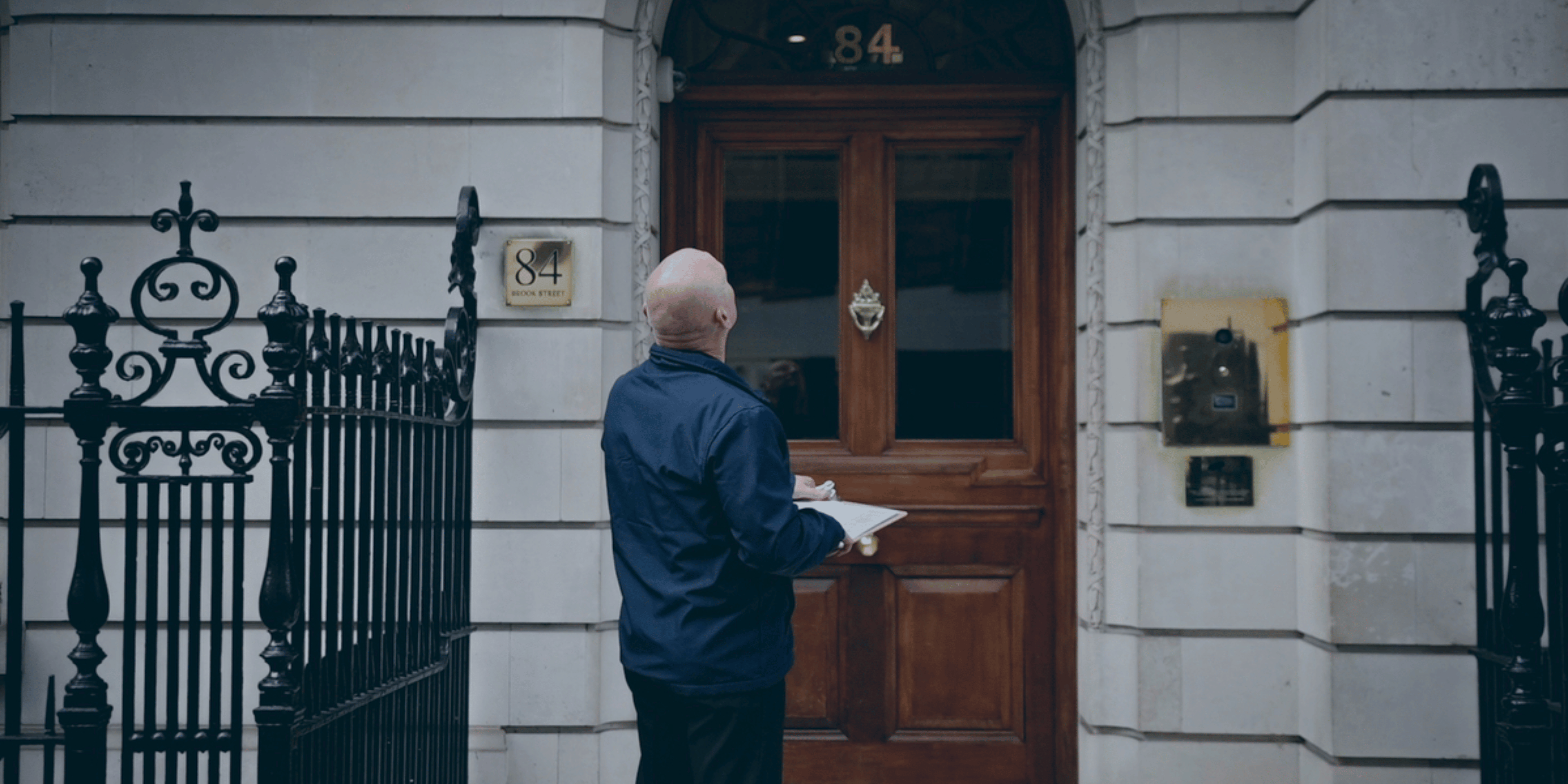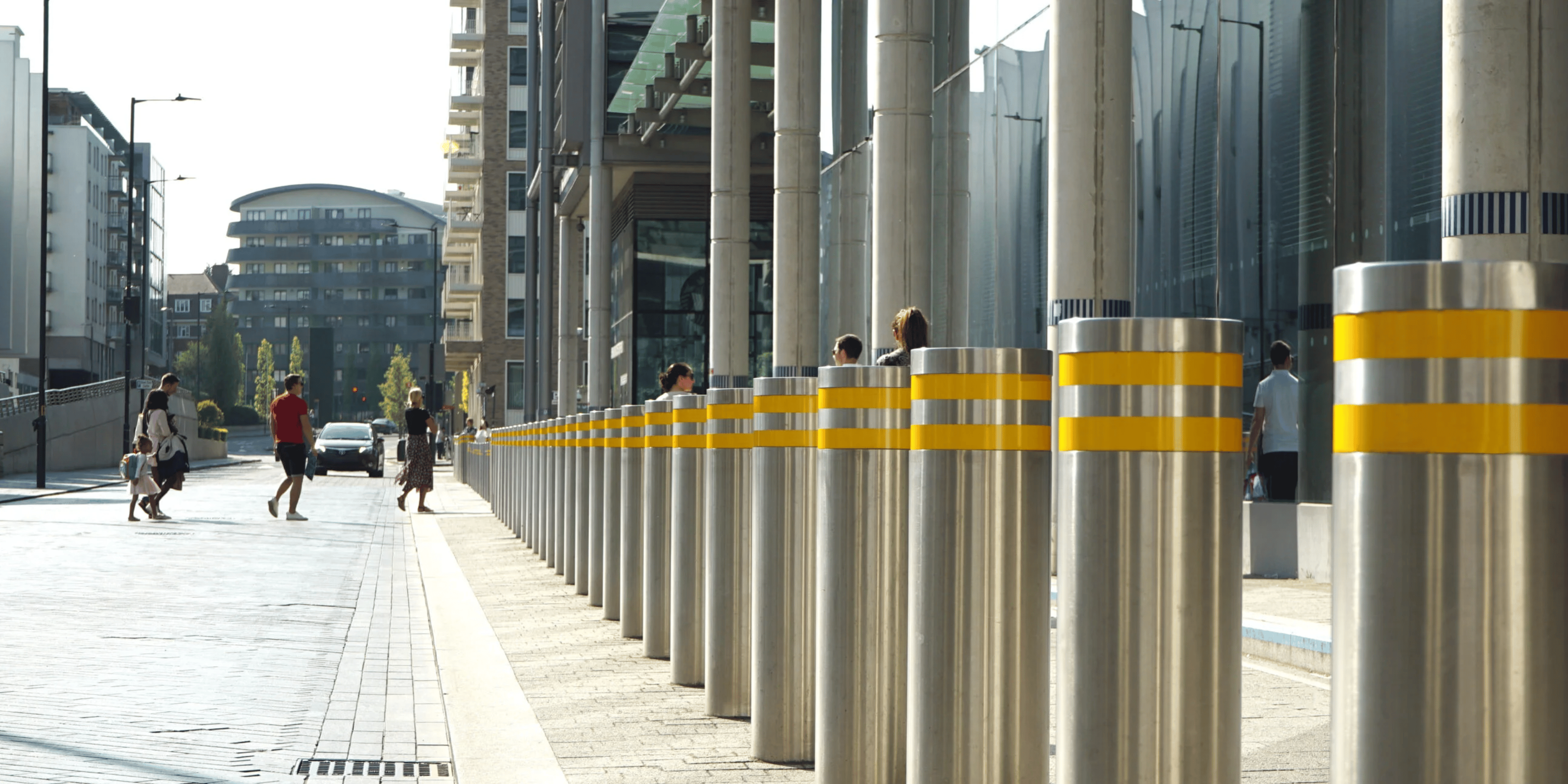
Master CCTV Security Systems for Business: A Complete Tutorial
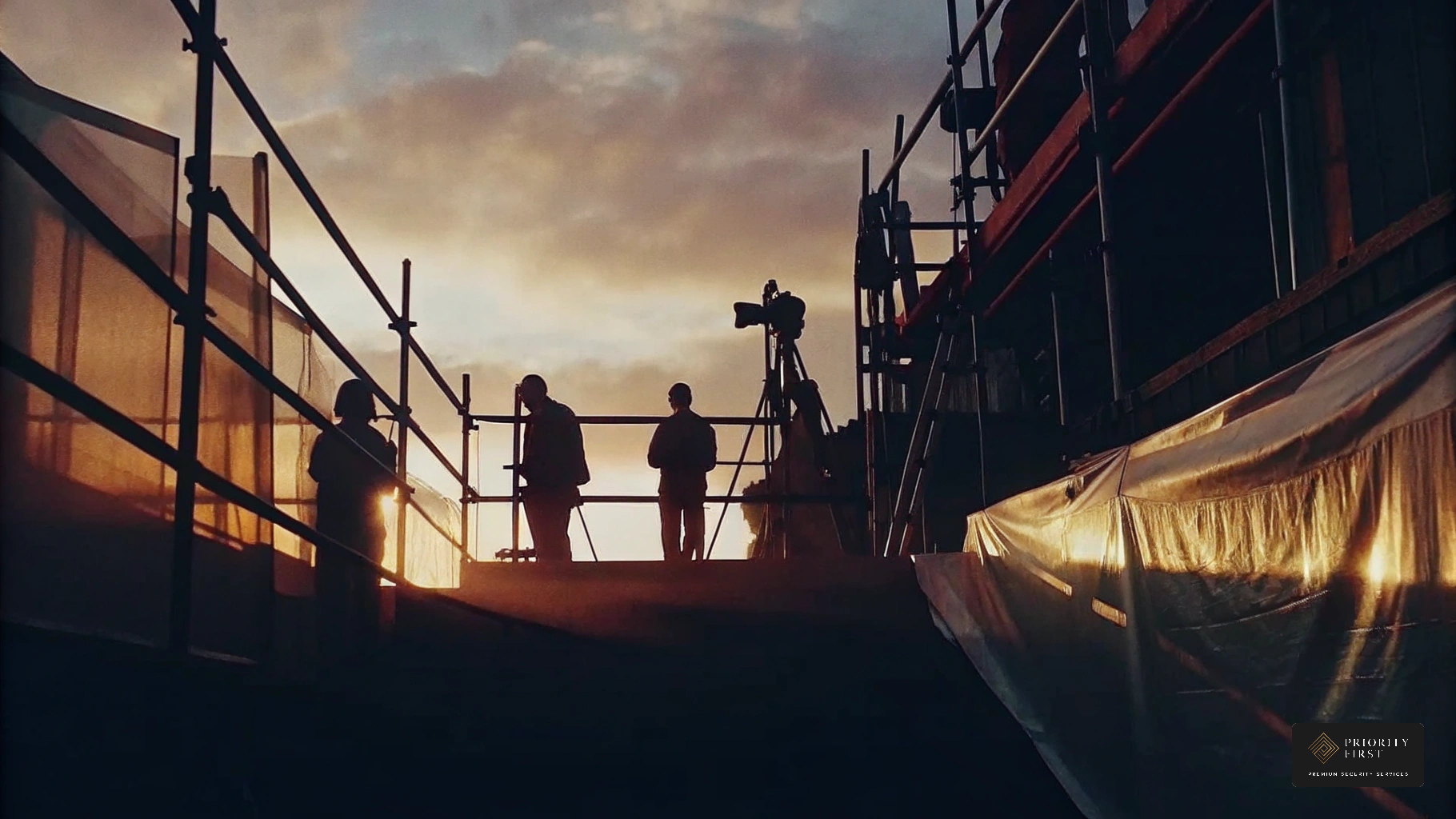
Overview
The article highlights the critical role of CCTV security systems in business, particularly for monitoring and safeguarding commercial properties in construction environments. Effective CCTV systems not only deter crime but also enhance safety compliance and operational efficiency through proactive monitoring and data management. Ignoring the importance of these systems can lead to significant financial, operational, and reputational risks for businesses.
Priority First emerges as a pragmatic solution, offering expertise in the installation and management of these systems, ensuring that businesses can secure their assets effectively. By investing in robust CCTV solutions, companies can prevent greater losses and ensure long-term resilience in an increasingly challenging environment.
Introduction
CCTV security systems have emerged as essential tools for businesses, particularly in the safeguarding of commercial properties and the enhancement of safety within construction environments. These systems not only deter crime but also furnish crucial evidence when incidents occur, thus proving vital for operational integrity. The reality is that with the rapid evolution of technology and the growing complexity of security challenges, businesses must ensure they are leveraging these systems to their fullest potential.
This article delves into the essential components of effective CCTV security systems, offering a comprehensive tutorial on:
- Installation
- Management
- Integration of advanced technologies such as AI and analytics to bolster security measures.
Understand CCTV Security Systems: Key Concepts and Benefits
CCTV security systems for business are essential for monitoring and safeguarding commercial properties, especially in construction environments. These CCTV security systems for business, which consist of cameras, recording devices, and monitors, work in unison to offer and recorded footage. The key benefits are clear:
- Deterrence of Crime: The visibility of cameras markedly diminishes the risk of intrusions and vandalism, serving as a robust deterrent against criminal activities.
- Evidence Collection: Recorded footage is crucial for providing evidence during incidents, facilitating investigations and supporting claims.
- Remote Monitoring: Modern surveillance systems offer remote access features, allowing business owners and site managers to monitor their properties from anywhere, thus enhancing oversight and response times. Priority First’s video monitoring service guarantees that your property remains under constant surveillance, providing peace of mind.
- Improved Safety Compliance: In construction settings, surveillance cameras are essential for ensuring adherence to safety regulations. By monitoring employee activities and environmental conditions, these technologies help mitigate risks and promote a safer workplace. Priority First focuses on integrating surveillance cameras with existing security measures, ensuring minimal disruption while enhancing overall safety.
Statistics indicate that approximately 70% of companies now utilise surveillance cameras to meet safety compliance requirements on construction sites, underscoring their importance in maintaining operational integrity. Expert insights consistently highlight that investing in CCTV security systems for business, tailored to specific needs, is crucial for effective security management. Real-world cases, such as those documented in Priority First's studies, reveal that companies utilising CCTV security systems for business have experienced significant reductions in theft and incidents. Furthermore, Priority First offers 24/7 video surveillance monitoring services, ensuring continuous observation and prompt response to any incidents. The integration of AI into surveillance networks enhances monitoring capabilities, facilitating smart video analysis that identifies suspicious behaviours while filtering out irrelevant occurrences. Lastly, businesses must prioritise data protection and privacy measures, ensuring compliance with regulations like GDPR, which are fundamental in the realm of modern surveillance.
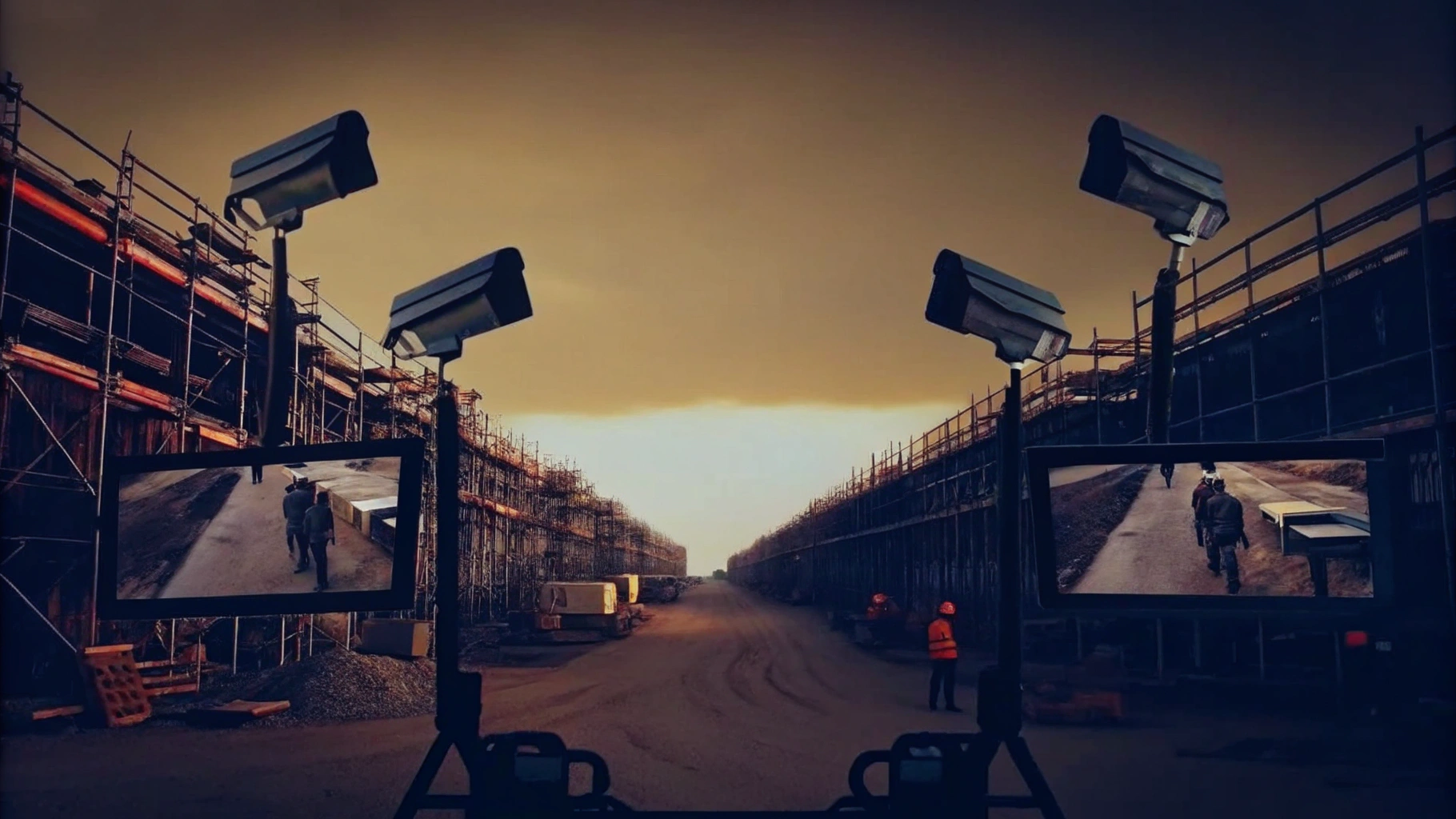
Install CCTV Systems: Step-by-Step Guide to Setup
Installing a surveillance network on building locations requires careful preparation and implementation to ensure optimal protection while meeting legal obligations. The reality is that security is a critical yet often underestimated function in construction. Here’s a step-by-step guide to establishing an effective surveillance system:
- Assess Your Needs: Identify the specific areas that require monitoring, considering layout, potential risks, and the type of cameras needed (indoor vs. outdoor).
- Choose the Right Equipment: Select cameras that provide high resolution, night vision capabilities, and weather resistance suitable for the construction environment. HD surveillance setups are particularly efficient, as they can be tower-mounted and easily relocated.
- Plan Camera Placement: Strategically position cameras to cover all entry points, high-value areas, and blind spots. Ensure they are securely mounted at appropriate heights to maximise visibility and effectiveness.
- Install the Cameras: Follow the manufacturer's instructions for mounting and connecting the cameras to the recording device. Conceal or secure all cables to prevent tampering and maintain a tidy installation.
- Set Up the Recording Device: Connect the cameras to a DVR or NVR, configure the settings, and ensure sufficient storage capacity for recorded footage. Consider remote monitoring solutions to enhance oversight; Priority First offers [24/7 CCTV security systems for business](https://priorityfirst.co.uk/insights/10-benefits-of-monitored-cctv-for-construction-site-security) to ensure your property remains under constant surveillance.
- Test the System: After installation, thoroughly test each camera to confirm proper functionality and coverage. This step is crucial to ensure all areas are adequately monitored.
- Train Staff: Educate relevant personnel on operating the system, accessing footage, and responding to alerts. This training is essential for maintaining safety and ensuring .
Legal Considerations: It is vital to restrict access to surveillance footage to authorised personnel only, in compliance with data protection regulations. Businesses must ensure that footage is not retained longer than necessary unless required for investigations. Transparency with employees regarding camera locations and usage is crucial for maintaining trust and adhering to legal obligations.
By following these steps, construction managers can implement CCTV security systems for business that enhance safety and aid in worker protection and operational effectiveness. Efficient surveillance camera installation can significantly reduce protection expenses, with monitored setups potentially cutting costs by as much as 80% compared to traditional guarding techniques. Moreover, the presence of surveillance cameras can deter criminal activity and provide valuable evidence in the event of incidents, further safeguarding the site and its assets. Priority First focuses on crafting custom security solutions tailored to your specific requirements, ensuring that your surveillance setup integrates seamlessly with existing security measures. Including case studies that demonstrate the effectiveness of surveillance cameras in reducing theft or enhancing safety can further strengthen the justification for installation.

Manage CCTV Systems: Best Practices for Monitoring and Maintenance
To ensure your remain effective, consider implementing best practices grounded in verifiable facts about security challenges. Regular monitoring is essential; assigning dedicated personnel to routinely check camera feeds and recorded footage can significantly enhance incident detection rates. Studies indicate that effective monitoring can lead to a reduction in crime rates by up to 25% in areas where CCTV is installed. This proactive approach not only protects assets but also fosters a sense of safety within the community.
Routine maintenance is another critical aspect. Scheduling regular checks to clean cameras, inspect connections, and update software is crucial. Such maintenance prolongs equipment lifespan and ensures optimal performance. A well-planned maintenance schedule can help identify and address issues before they escalate, as demonstrated by various councils that have successfully maintained their systems. Ignoring this aspect can lead to costly repairs and diminished security effectiveness.
Periodic review of recorded footage from CCTV security systems for business allows companies to identify patterns or recurring issues that may need addressing. This practice not only assists in crime prevention but also boosts operational efficiency, enabling businesses to analyze trends and enhance location safety through the use of CCTV security systems for business. The lesson is clear: proactive analysis leads to better preparedness.
As environments evolve—due to new construction or landscaping—adjusting camera angles is essential to maintain optimal coverage. This adaptability ensures that all critical areas remain monitored effectively, thereby reducing blind spots that could be exploited by criminals.
Effective data management is also vital. Implementing a data retention policy ensures that important footage is preserved while older footage is deleted as necessary. Compliance with data protection regulations, such as the Data Protection Act 1998, is non-negotiable; businesses must delete footage once it is no longer needed, with retention periods typically set at 30 days. Failure to comply can lead to significant legal repercussions and reputational damage.
Incorporating Hostile Vehicle Mitigation (HVM) strategies alongside these practices can further improve location protection. Combining physical barriers like bollards and reinforced planters with surveillance technology establishes a thorough security approach that effectively safeguards your construction site. By following these practices, businesses can significantly improve the reliability and efficiency of their CCTV security systems for business, ensuring a safer environment for all stakeholders.
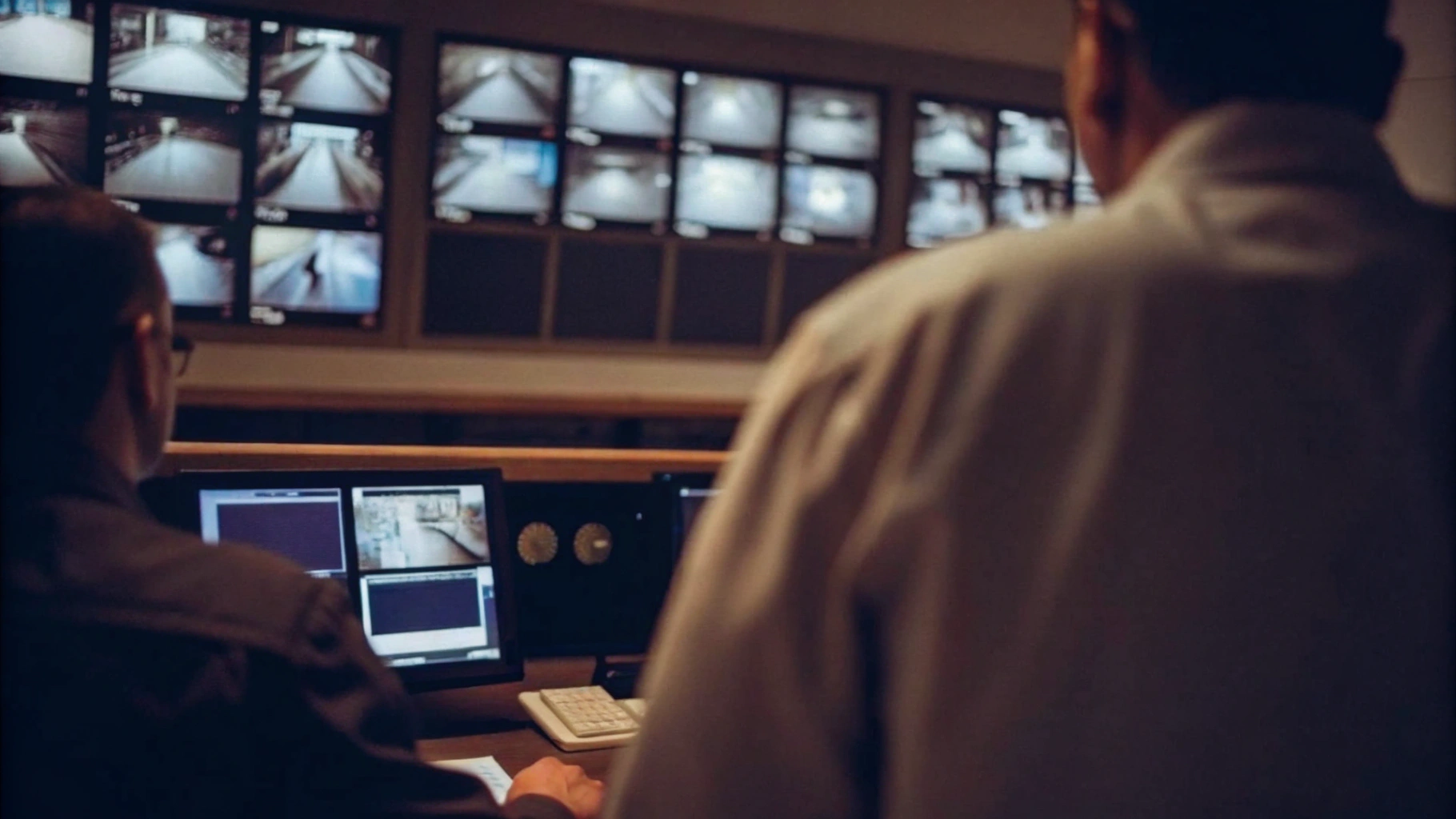
Leverage Technology: Integrate AI and Analytics for Enhanced Security
To maximise the effectiveness of your CCTV system, integrating AI and analytics is essential. AI-powered software can analyse video feeds in real-time, automatically detecting unusual behaviour or potential threats. This capability significantly reduces the time staff spend monitoring feeds, allowing them to focus on critical incidents. The reality is that intelligent monitoring is not just a technological upgrade; it enhances overall operational efficiency.
Implementing systems that learn normal activity patterns enables the detection of anomalies. This proactive strategy aids in recognising possible vulnerabilities before they escalate, thereby improving overall site safety. That said, businesses must understand that neglecting these advancements can leave them exposed to risks that may lead to substantial financial losses.
Utilising analytics to allows for the identification of vulnerabilities and the prediction of potential threats. This foresight enables businesses to implement preventative measures, safeguarding assets more effectively. In practise, organisations that prioritise such measures not only protect their assets but also enhance their reputation in the market.
Advanced systems generate real-time alerts and insights, facilitating quicker response times to incidents. This immediacy is crucial in mitigating risks and ensuring a secure environment. The lesson is clear: by leveraging these technologies, businesses can foster a proactive security culture, ensuring preparedness against threats and enhancing the overall safety of their operations.
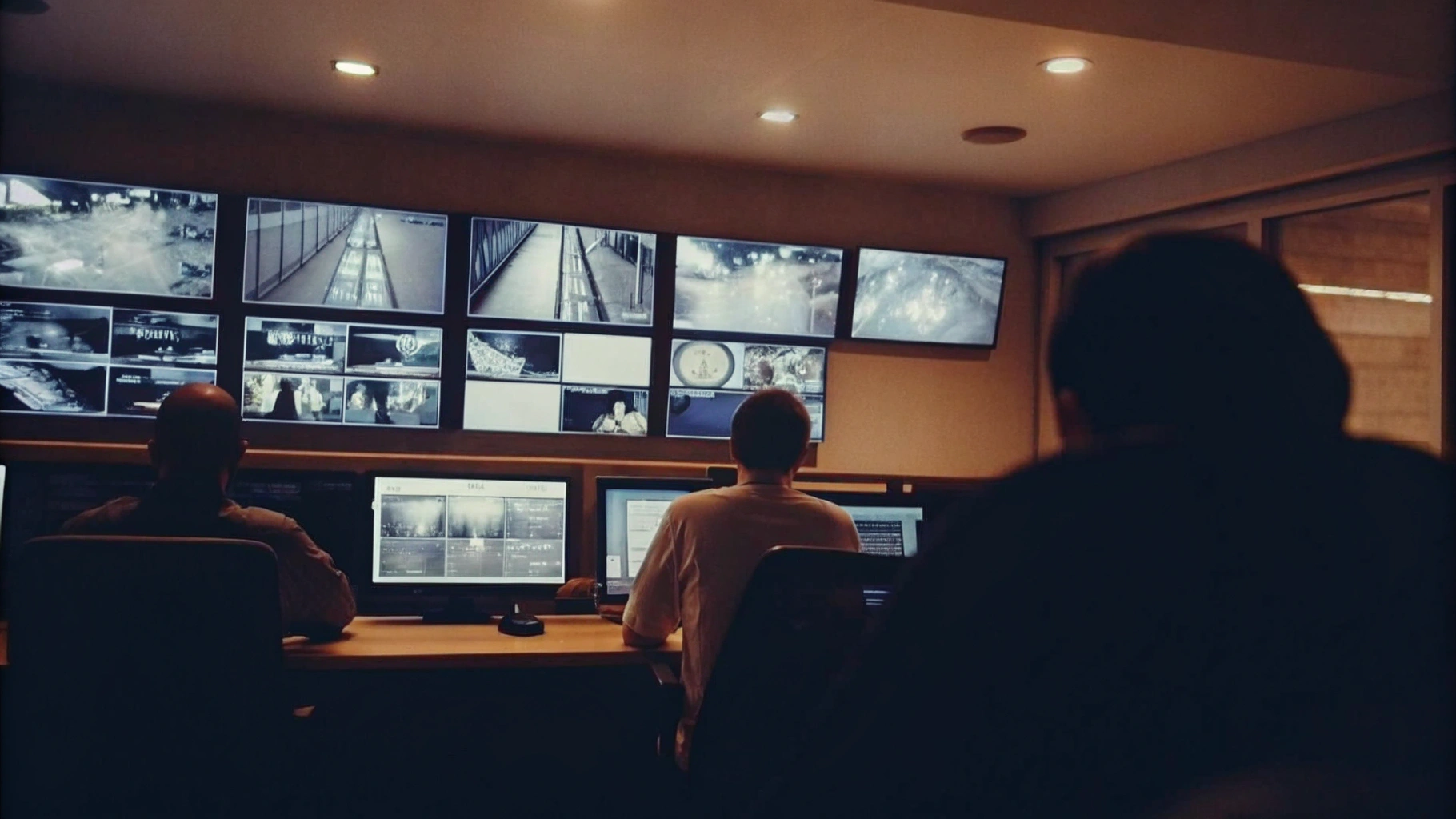
Conclusion
CCTV security systems are essential in protecting business environments, especially in high-risk areas such as construction sites. The reality is that by implementing these systems, businesses can significantly enhance their security through real-time surveillance, evidence collection, and improved safety compliance. Advanced technologies, including AI and analytics, further bolster their effectiveness, ensuring a proactive stance on monitoring and incident response.
In practise, this tutorial has outlined the benefits of CCTV systems, the step-by-step installation process, and best practises for ongoing management and maintenance. Regular monitoring and the integration of intelligent technologies are crucial for businesses aiming to mitigate risks and enhance operational integrity. Additionally, understanding legal obligations and data protection measures is vital for maintaining trust and compliance within the industry.
The lesson is clear: investing in a robust CCTV security system transcends mere precaution; it represents a strategic initiative that safeguards assets, promotes safety, and cultivates a secure working environment. Businesses are encouraged to take proactive measures in implementing these systems and embracing cutting-edge technologies to stay ahead of potential threats. By prioritising security, organisations can protect their operations and enhance their reputation in an increasingly competitive market.
Frequently Asked Questions
What are CCTV security systems and how do they function?
CCTV security systems consist of cameras, recording devices, and monitors that work together to provide real-time surveillance and recorded footage for monitoring and safeguarding commercial properties.
What are the key benefits of using CCTV security systems for businesses?
The key benefits include deterrence of crime, evidence collection during incidents, remote monitoring capabilities, and improved safety compliance in construction environments.
How do CCTV systems deter crime?
The visibility of cameras significantly reduces the risk of intrusions and vandalism, acting as a strong deterrent against criminal activities.
Why is evidence collection important in CCTV systems?
Recorded footage is essential for providing evidence during incidents, which aids in investigations and supports claims.
What is remote monitoring in CCTV systems?
Remote monitoring allows business owners and site managers to access surveillance feeds from anywhere, enhancing oversight and response times.
How do CCTV systems improve safety compliance in construction?
Surveillance cameras help ensure adherence to safety regulations by monitoring employee activities and environmental conditions, thereby promoting a safer workplace.
What percentage of companies use surveillance cameras for safety compliance on construction sites?
Approximately 70% of companies utilise surveillance cameras to meet safety compliance requirements on construction sites.
What additional services does Priority First offer for CCTV monitoring?
Priority First provides 24/7 video surveillance monitoring services, ensuring continuous observation and prompt responses to incidents.
How does AI enhance CCTV monitoring capabilities?
The integration of AI into surveillance networks allows for smart video analysis that identifies suspicious behaviours while filtering out irrelevant occurrences.
What legal considerations must businesses keep in mind regarding CCTV systems?
Businesses must prioritise data protection and privacy measures to ensure compliance with regulations like GDPR, which are essential in modern surveillance practises.


